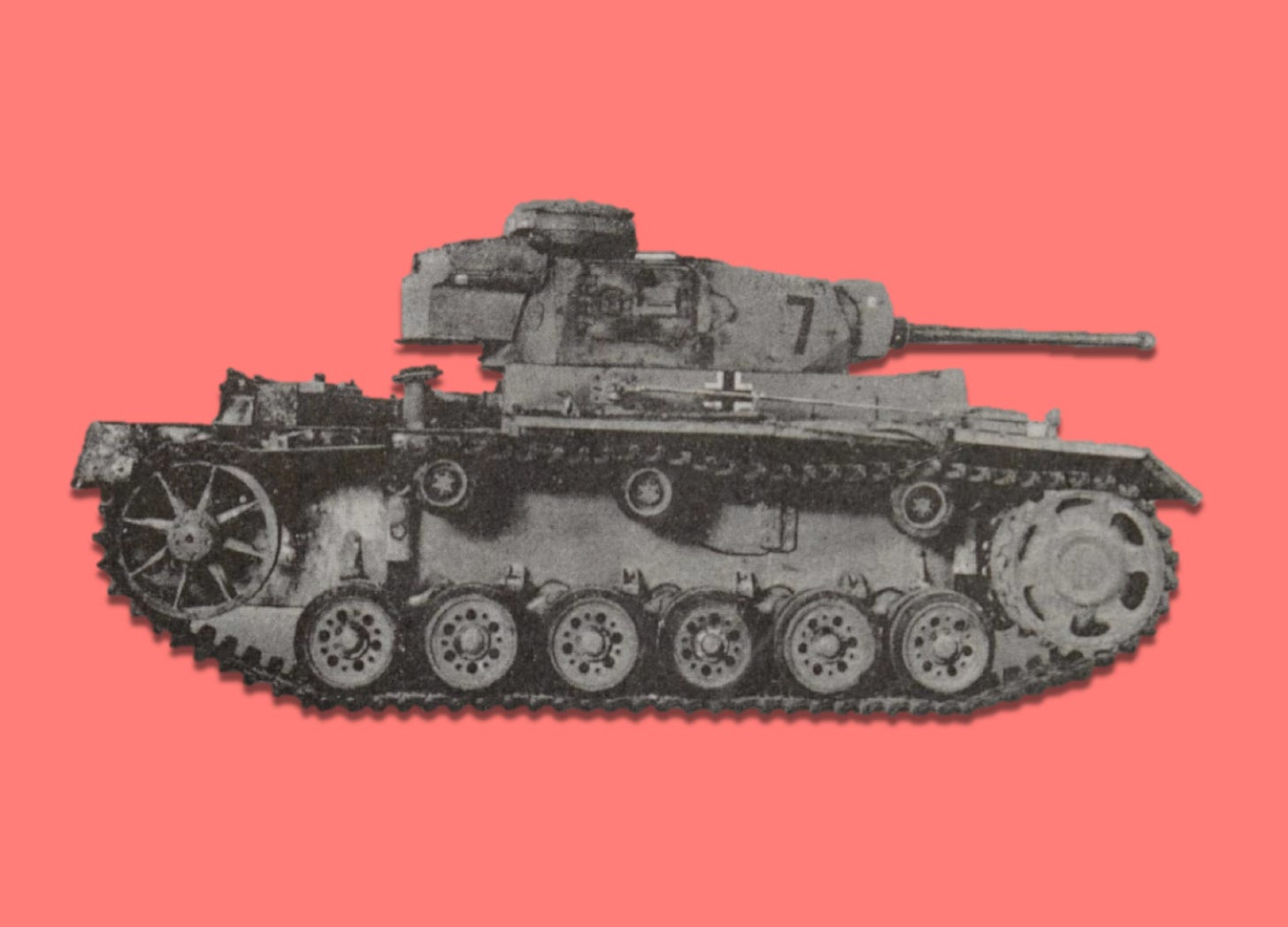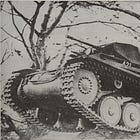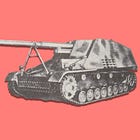Published under the deceptively simple title of “Tanks,” the first feature article in the first issue of the Armored Forces Newsletter [Nachrichtenblatt der Panzertruppen] discusses three topics: the functional characteristics of armored formations, the employment of tanks, and the Tiger tank. This post provides a translation of the first segment of the piece.
I. The Basics
Recent lessons-learned reports support the proposition that the traditional principles for the employment of the Armored Force [Panzerwaffe] remain fully applicable.
Wherever armored divisions, to include those with relatively small numbers of tanks, have been sent into action in ways that accord with these principles, they have enjoyed complete success.
The fact that, in the extreme circumstances of the last winter, armored divisions were, at times, obliged to go into action in ways poorly suited to their peculiarities, does not change this truth. It is essential to recognize that these divisions were, from the point of view of equipment, in very poor shape and that, in particular, they were equipped with small numbers of second-rate tanks. Therefore, it would be an error to conclude that the principles of employment of the Armored Force have changed.
With this in mind, we draw a sharp distinction between the missions [Aufgaben] that should be assigned to tanks and those that are proper to assault guns [Sturmgeschütze].
The tank is a weapon for offensive operations [eine operative Angriffswaffe]. Its mission is the destruction of the enemy in the depth of his position. It is employed in complete units (regiments or battalions) sent into action at a decisive point, at the decisive time, for an ambitious purpose.
The assault gun supports the infantry in a direct manner by destroying strong points and tanks. Its mission is to provide the infantry with intimate access to the means of “punching forward” [Vorwärtsboxen]. In the defense, it forms the backbone of the infantry.
The missions of tanks and assault guns are therefore fundamentally different.
With this in mind, we condemn the conclusion, which we saw in the after-action report of an armored division, that the day of the tank has passed and that the assault gun will replace it. The division came to this erroneous conclusion because it compared a fresh, fully-equipped assault gun battalion with a tank unit that was short of both personnel and matériel.
To be continued …
Source: A typescript of the first issue of the Nachrichtenblatt der Panzertruppen can be found on the website of the German Federal Archive. Printed copies of subsequent issues are available at Sturmpanzer.com.
For Further Reading:








"... the day of the tank has passed ..."
In 1943!
We keep hearing this.
Yet 80 years later, the tanks keep rattling by, on their way to the front, apparently unaware that their day has passed.
"The fact that, in the extreme circumstances of the last winter, armored divisions were, at times, obliged to go into action in ways poorly suited to their peculiarities, does not change this truth. It is essential to recognize that these divisions were, from the point of view of equipment, in very poor shape and that, in particular, they were equipped with small numbers of second-rate tanks."
I have immense sympathy for the logistics officer whose desk this crossed upon publication, and who I imagine was swiftly relieved of his duties shortly thereafter on account of uncontrollable guffawing and the compulsion to shout [Amis's suggestion for the title of the second edition of Conquest's Great Terror] at a volume deemed detrimental to morale.